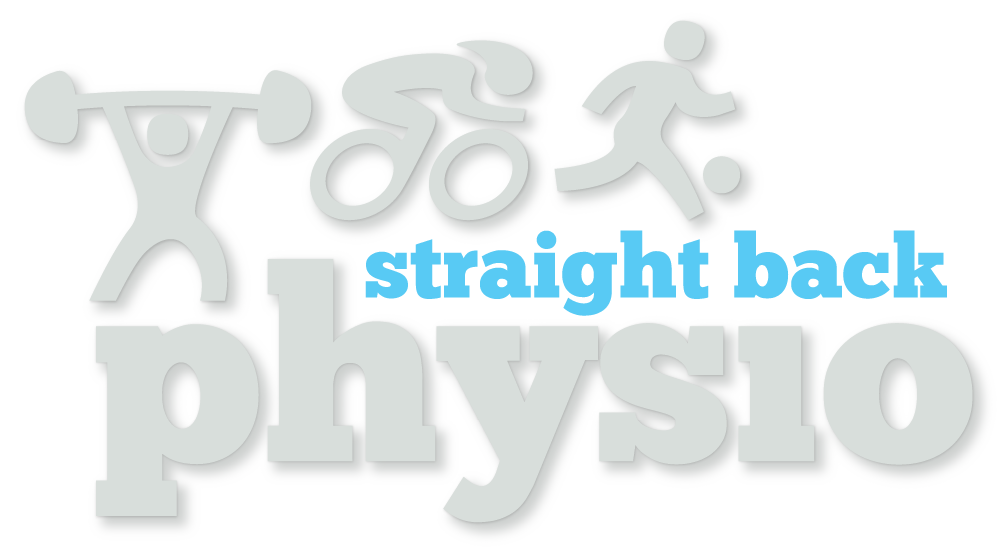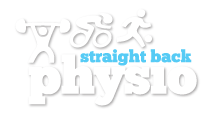physiotherapy for hip pain in Cheltenham
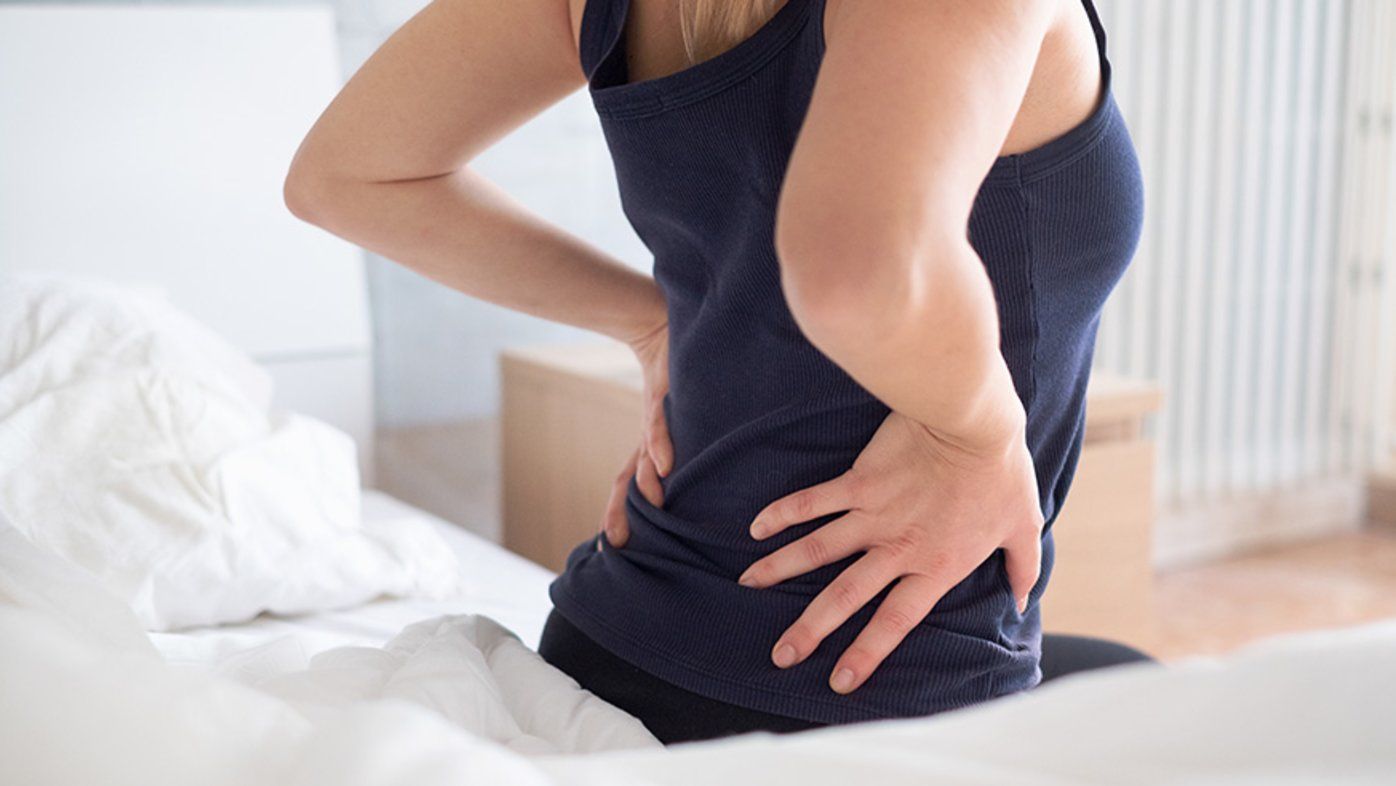
diagnosis is key to an effective treatment
Your hips are an integral part of your ability to be mobile, when they are painful then moving around can be a problem.
Hip pain can be caused by injury, strain, overuse, pre or post hip replacement, infection, incorrect posture, sports hernia, pinched nerve, and osteoarthritis. It can be quite common to complain of your hip hurting after running because running is a high-intensity activity that puts a heavy load on the body which is made worse by overuse.
It's important to seek professional advice if your amount of pain: is severe or getting worse over time; hasn't improved after treating it at home, is worrying you, or you’re struggling to cope with it.
CAUSES of Hip pain
Arthritis
Arthritis is the most common form of chronic hip pain in women. Osteoarthritis happens in the hip when the ball and socket joint of your hip get worn as you age. Osteoarthritis pain is mostly felt in the front of your thigh or in your groin because of the swelling and inflammation in the joint.
Many people worry that exercise will increase their pain or damage their joints. But joints are designed to move, and inactivity will weaken the muscles. Treatment includes graded exercises, massage or manipulation to reduce stiffness and pain, acupuncture also relieves pain by releasing the bodies natural painkillers called endorphins.
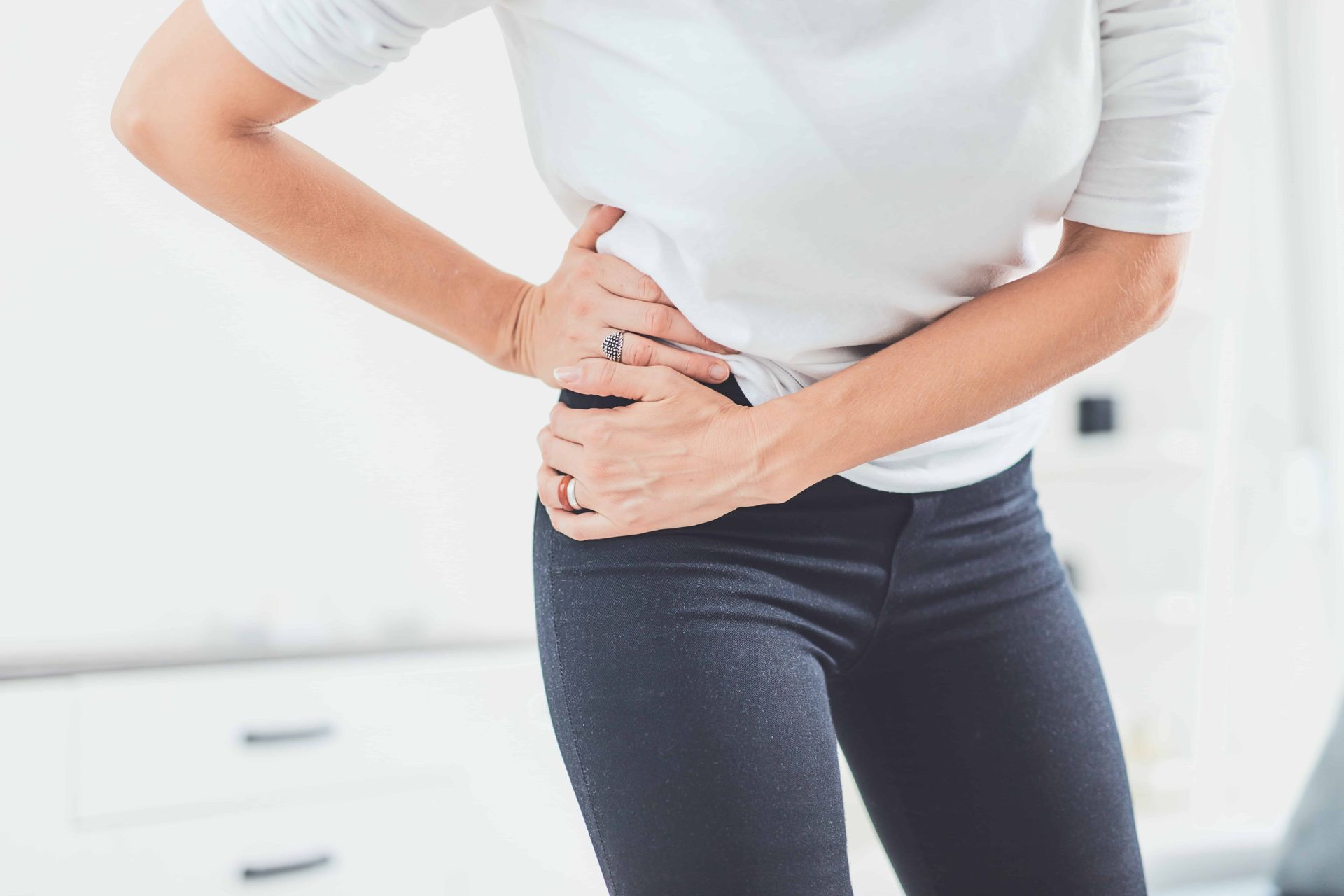
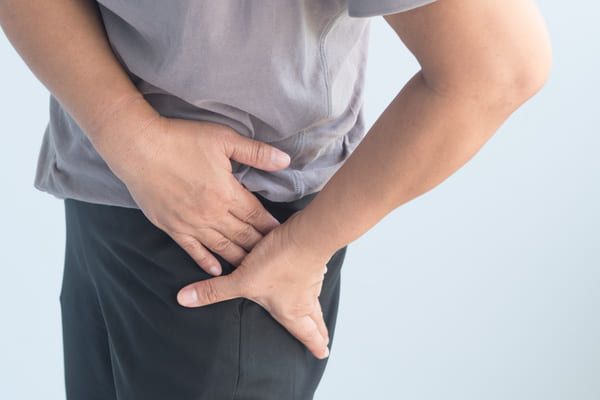
Bursitis
If you’re experiencing pain over the bump of your hip, known as the greater trochanter, you may be suffering from Hip Bursitis. Bursae are small, fluid-filled sacs that cushion the bones and tissues around your joints, anything that irritates or damages the bursa such as repetitive movements, hip injuries or issues with your posture can cause hip bursitis.
Rapid physiotherapy intervention is important to prevent changes in the way you walk and complications which could lead to hip deterioration and reduced mobility. Treatment includes manipulations and mobilisations to get the joint moving, which will reduce stiffness, reduce pain and increase the range of movement. Shockwave therapy and acupuncture are also excellent non-invasive way of reducing pain.
Hip Flexor
The hip flexors are a group of five key muscles that help with hip flexion. A hip flexor muscle is a muscle that helps to bring the knee closer to the chest. You use your hip flexors every time you take a step and a high forwards kick that brings the leg above waist level maximises hip flexion.
We get people coming to us who get hip flexor pain when running, being sitting too much which tightens them, and from people doing squats incorrectly. It is when the muscle cools down after activity that the pain gradually worsens and it is important to get treatment in the first 24-48 hours which is when the bleeding and swelling around the injured muscle is most active. If the tear is not treated correctly you may be left with a tight, weak hip flexor that is prone to further injury.
Treatment can include ice packs for 20 mins every 3 to 4 hours for 2 to 3 days, applying an elastic bandage to compress the hip, soft tissue massage. joint mobilisation, stretches, acupuncture and shockwave therapy. Failing to rest and properly treat a hip flexor strain usually only results in a worse injury and greater pain at a later time.
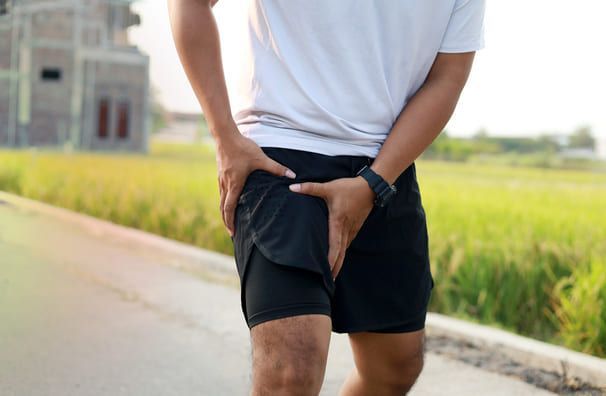
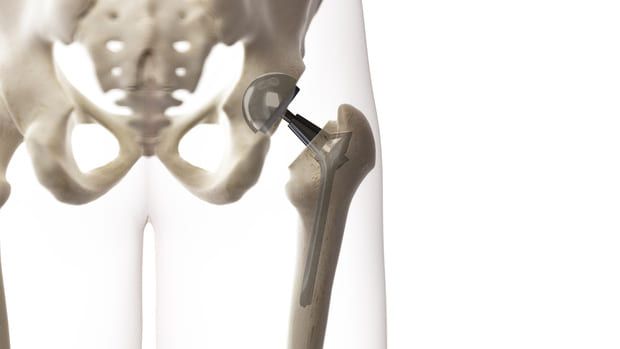
Hip Replacement
Total hip replacement surgery is a successful and beneficial procedure for diseased or damaged hip joints but recovery can be a lengthy process. Physiotherapy after a hip replacement will reduce your joint pain, increase your mobility, improve your independence with everyday tasks and increase your quality of life.
Physiotherapy treatment is a crucial part of your recovery, so it is essential that you continue exercises after leaving hospital. Physiotherapy treatment at Straight Back Physio will improve muscle strength and flexibility and help you regain ambulation and function as soon as possible.
If you are looking for expert recovery from a hip replacement you can rely on us to speed up your hip surgery healing, we believe that we offer the best hip replacement recovery in Cheltenham which is why we get so many referrals.
We are honoured to be the preferred hip surgery after care provider in the Cheltenham and surrounding Gloucestershire areas for the world-renowned surgeon Professor Damian Griffin OBE an internationally recognised expert in hip arthroscopy and hip preserving surgery, who is regularly teaching and lecturing all over the world.
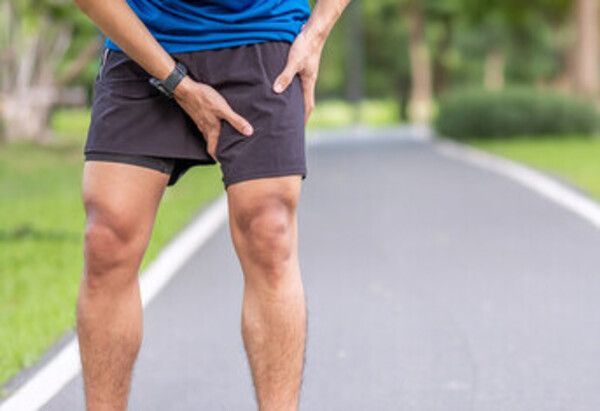
Tendonitis
Tendinopathy in the hip occurs when the tendons surrounding the hip that connect the muscles to the joint become inflamed you end up with tendonitis. Tendonitis causes tenderness and pain just outside the joint. Hip tendinitis can be mild, but in some cases it may cause pain, stiffness, and weakness in the hip region that impacts daily activities such as walking, climbing stairs, or standing up from a seated position.
Treatment is aimed at decreasing pain and reducing inflammation as well as improve function of the hip. This may include exercises to stretch and strengthen the injured area and correct muscle imbalances. Acupuncture helps to relax tight muscles and encouraging blood circulation and oxygen throughout the hip muscles and joints. As with other tendon injuries hip tendonitis can be treated with shockwave therapy.
Benefits of physiotherapy for HIP pain or injury
- Pain relief: We use a variety of techniques, such as massage, and strengthening and stretching exercises for the hips, to help alleviate pain and discomfort in the affected area.
- Avoiding surgery: By using non-invasive techniques to target the underlying cause of your hip joint pain, we can help you avoid more invasive treatments, such as hip surgery. If you are unlucky enough to need hip replacement after care then physiotherapy is essential to enable you to fully recover after surgery.
- Lasting results: Physiotherapy takes a holistic approach to treatment, addressing the symptoms and the underlying causes of pain or injury. This promotes long-term results.
- Improved mobility: Physiotherapy can help you regain range of motion in the affected area by using targeted exercises and stretches.
- Improved quality of life: By alleviating pain and improving your mobility in the affected area, physiotherapy can help you enjoy your daily activities without discomfort or limitations and get back to the everyday activities that you love sooner.
- Personalised treatment: We’ll work with you to create a customised treatment plan and exercises to strengthen your hip joint. This will ensure you receive the most effective treatment for pain management so that you can achieve the best possible outcome.
- Reduced risk of further injury: By using targeted exercises and stretches, physiotherapy can help strengthen the muscles around the hip, which can help improve stability and reduce the risk of future injuries.
Book now
For hip treatment in Cheltenham and the surrounding Gloucestershire areas we use a wide range of treatments that are tailored to help keep you pain and injury-free, we offer preventative services to maintain your well-being and enhance your activity levels.
We understand that some people may want to find out a bit more about the cost before they book an appointment at our physiotherapy clinic.
Our unique save as you recover packages can save you up to 20% on the cost of a single session.
For most injuries our chartered physio can usually treat you within 4 to 8 sessions.
Insured
We can either work directly with your insurance company or we can provide receipts for patients who use cash-based plans so you can reclaim your treatment costs.
Not Insured
You can book an appointment on a self referral basis, without the need for seeing your GP first.
Why Choose Us
No other local physiotherapy clinic can offer you the same level of physiotherapy and rehabilitation that we can, simply because they don't have our level of experience and our in-house gym facilities.
This is how we gained our reputation of treating patients when other physios may have failed.
Contact Information
Quick Links
Our Location
© Copyright 2024 | All Rights Reserved | Straight Back Physio
